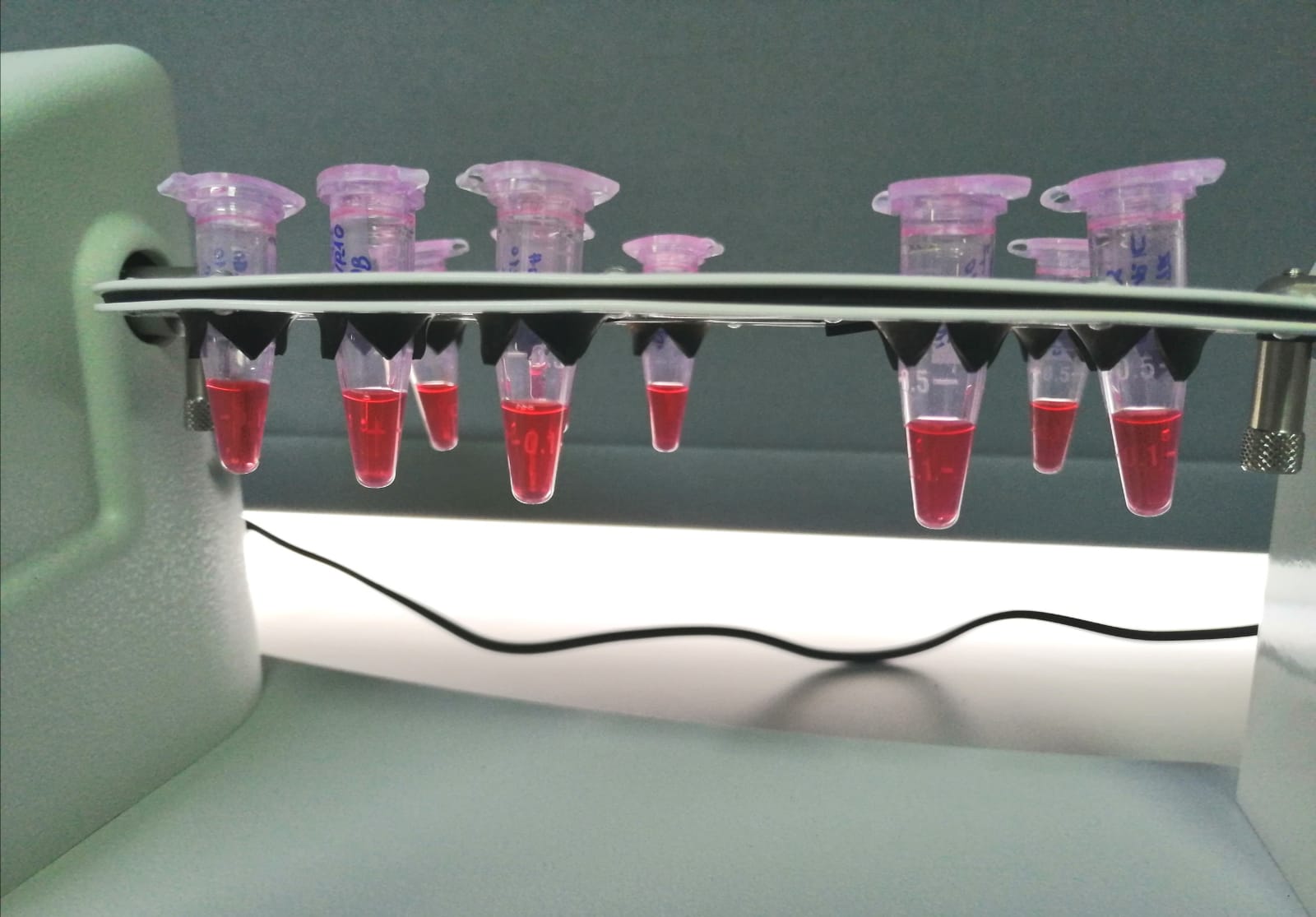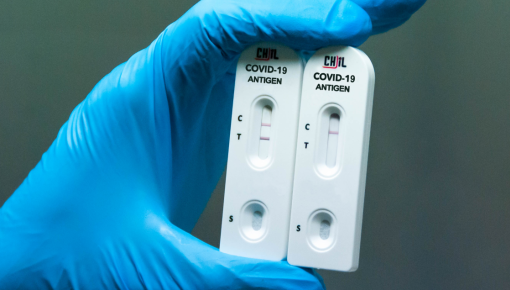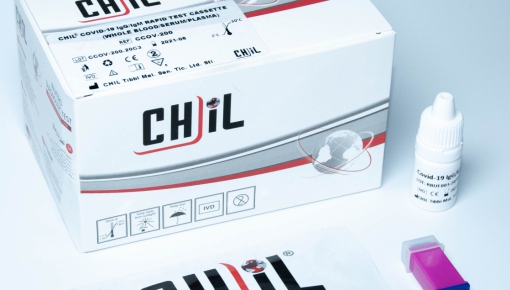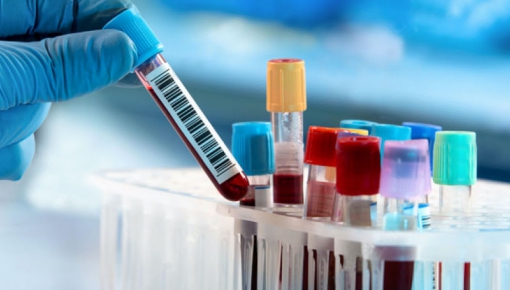As a powerful tool in bioanalysis, immunoassays rely on the specific reaction between an antigen and a selective antibody and use different labels such as radioactive isotopes, enzymes, and fluorophores for signal development. In recent years, due to their superior optical or electrochemical properties and substantially greater chemical stability, nanomaterials are increasingly taking place of those molecular tags. There are many magnetic particles- and nanoparticle-based immunoassays and biosensors developed to detect various targets (e.g., cells, proteins, pathogens, and small molecular toxins).
A biosensor is an analytical device, used for the detection of a chemical substance, that combines a biological component with a physicochemical detector. The sensitive biological element, e.g. tissue, microorganisms, cell receptors, enzymes, antibodies, nucleic acids, etc., is a biologically derived material or biomimetic component that interacts with, binds with, or recognizes the analyte under study. The biologically sensitive elements can also be created by biological engineering.
This sometimes accounts for the most expensive part of the sensor device, however, it is possible to generate a user-friendly display that includes a transducer and sensitive element. The readers are usually custom-designed and manufactured to suit the different working principles of biosensors.









